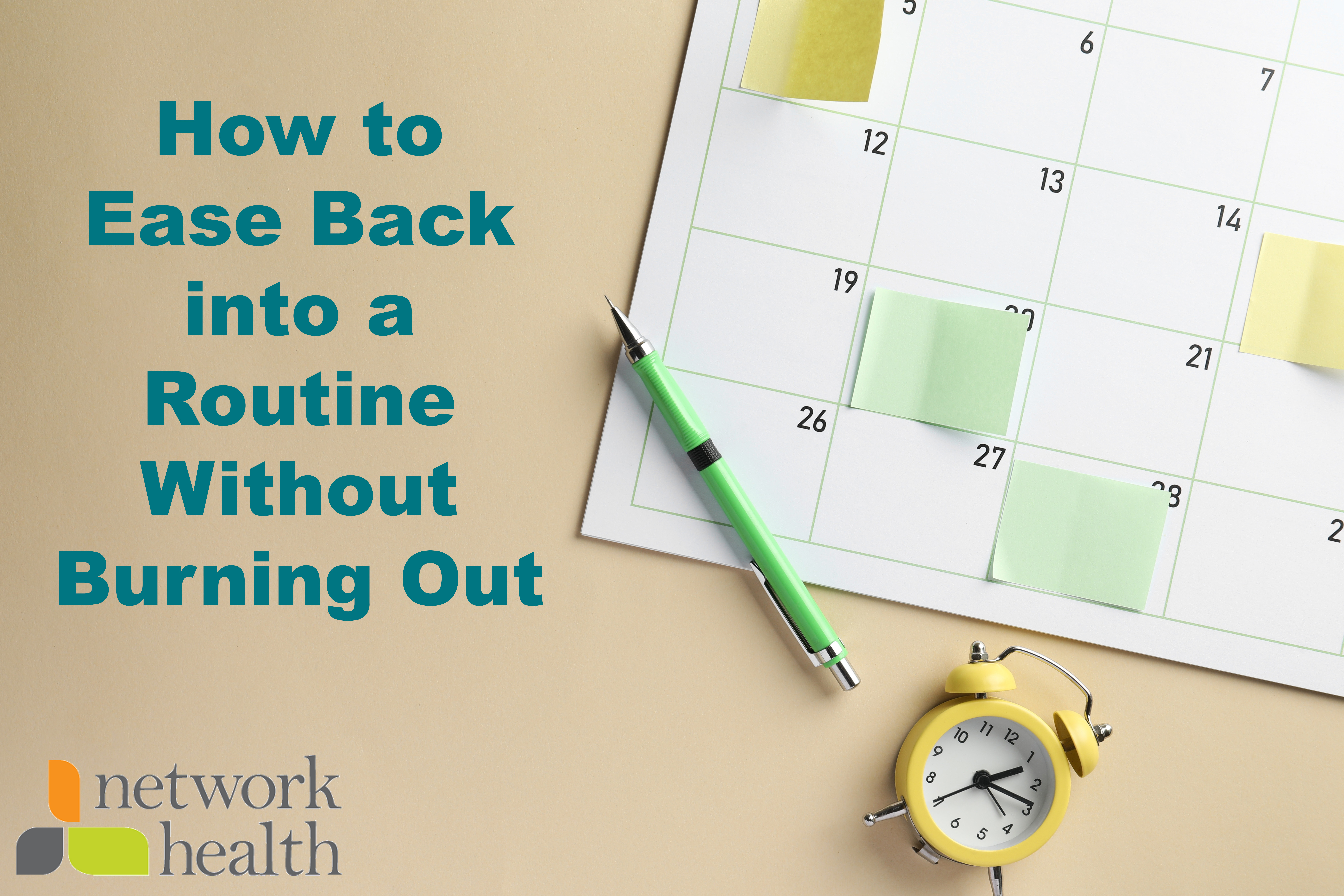Stronger Together: Home Care for a Musculoskeletal Injury

Musculoskeletal Injury Management While #SaferAtHome
Jennifer Steinhoff, M.D. – Ascension Medical Group
Accepting New Patients
(Editor’s note: This article continues our Stronger Together series which spotlights the voices of healthcare providers from Ascension Medical Group. To read other articles in the Stronger Together series, click here.)
For most of us, the #SaferAtHome COVID-19 prevention measures have led to uncomfortable changes in our daily routines. For those healing from a musculoskeletal injury, however, sheltering in place has meant restricted access to relief.
Many mild injuries will heal with time and self-care. Here are some things you can do at home to treat a mild injury.
Rest the Affected Musculoskeletal Area
Limit the regular use of the area that is sore. If it is not severely painful, try to gently move the joint a few times each day (small circles with ankle, shoulder or wrist). Avoid activities that are painful.
Apply Ice for Pain Relief
Put ice on the painful area for 10 to 20 minutes at a time, a few times per day or as often as every two hours. Use ice in the first 48 hours after an injury and as needed after that if it is still helpful for pain relief. Cover the ice pack with a thin towel and make sure to not leave the ice on for too long to avoid frostbite (yes, you can get it from an ice pack). A bag of ice cubes or a bag of frozen vegetables can be used if you do not have an ice pack.
Compression for Relief
An elastic bandage can be used to support, limit motion and limit the swelling of an injured joint such as an ankle, knee or wrist. The bandage should feel snug but should not be so tight that it is causing color changes or tingling in the surrounding area.
Elevation
Elevating the injured body area above the level of your heart can help reduce swelling. This is not possible for all body areas. Elevation does not need to be done constantly. Periodic position changes are recommended.
Over-the-Counter Medications for Pain Relief
Most adults can take two to three tablets (start with two) of ibuprofen with food three times daily and/or two tablets of extra-strength acetaminophen three times daily for seven to ten days. Do not take these if you have been told not to take them or have had serious side effects from taking them in the past. These medications are not recommended for people with certain medical conditions or who take some prescription medications. People over age 65 should not use ibuprofen without discussing it with a physician.
Seek medical attention if there is severe pain, significant bleeding, inability to move a joint, deformity of a bone or joint or other concerning symptoms. Medical evaluation is also recommended if not improving after several days of home care. Please contact your physician’s office if you are uncertain if further evaluation is needed.
About the Author




